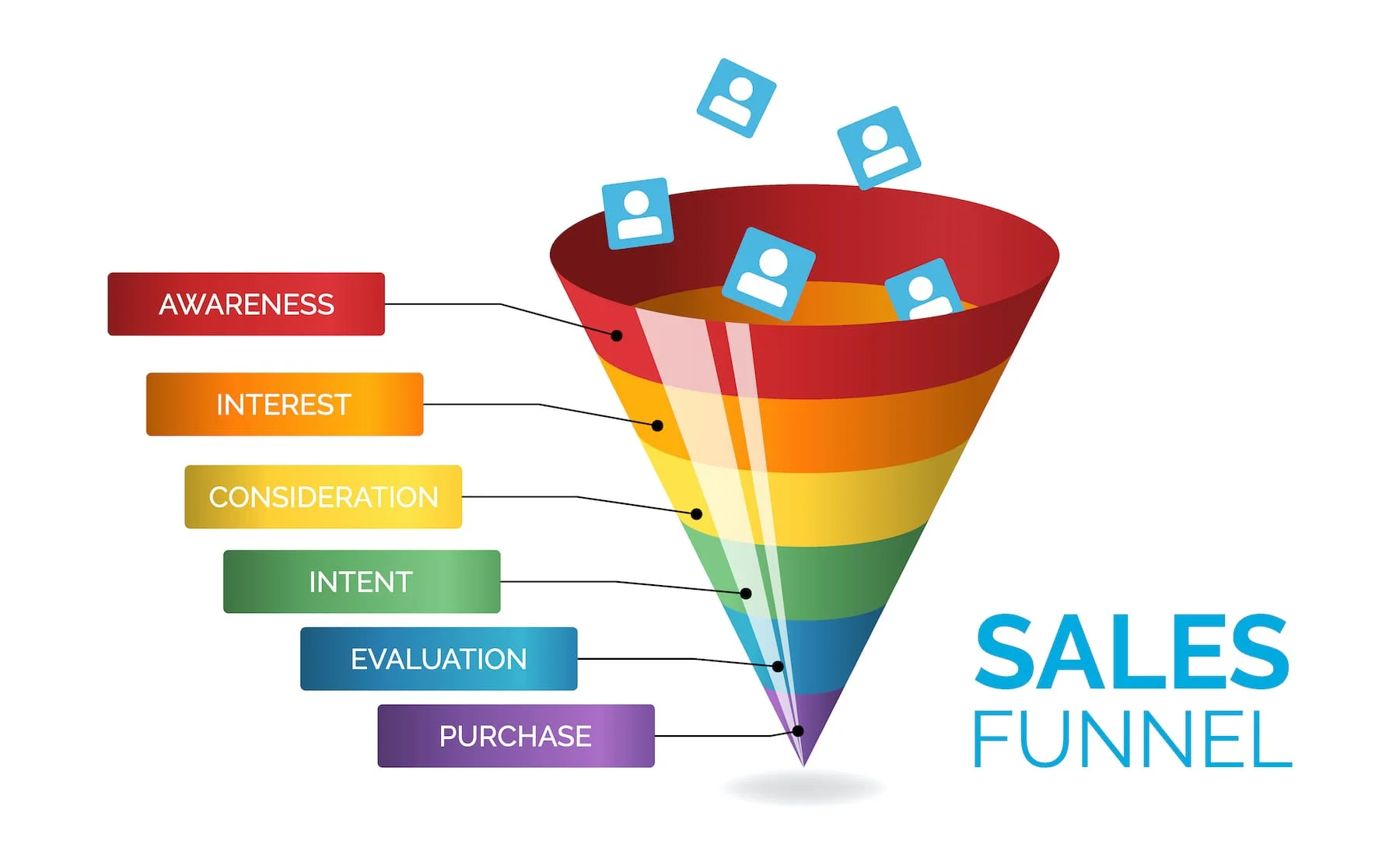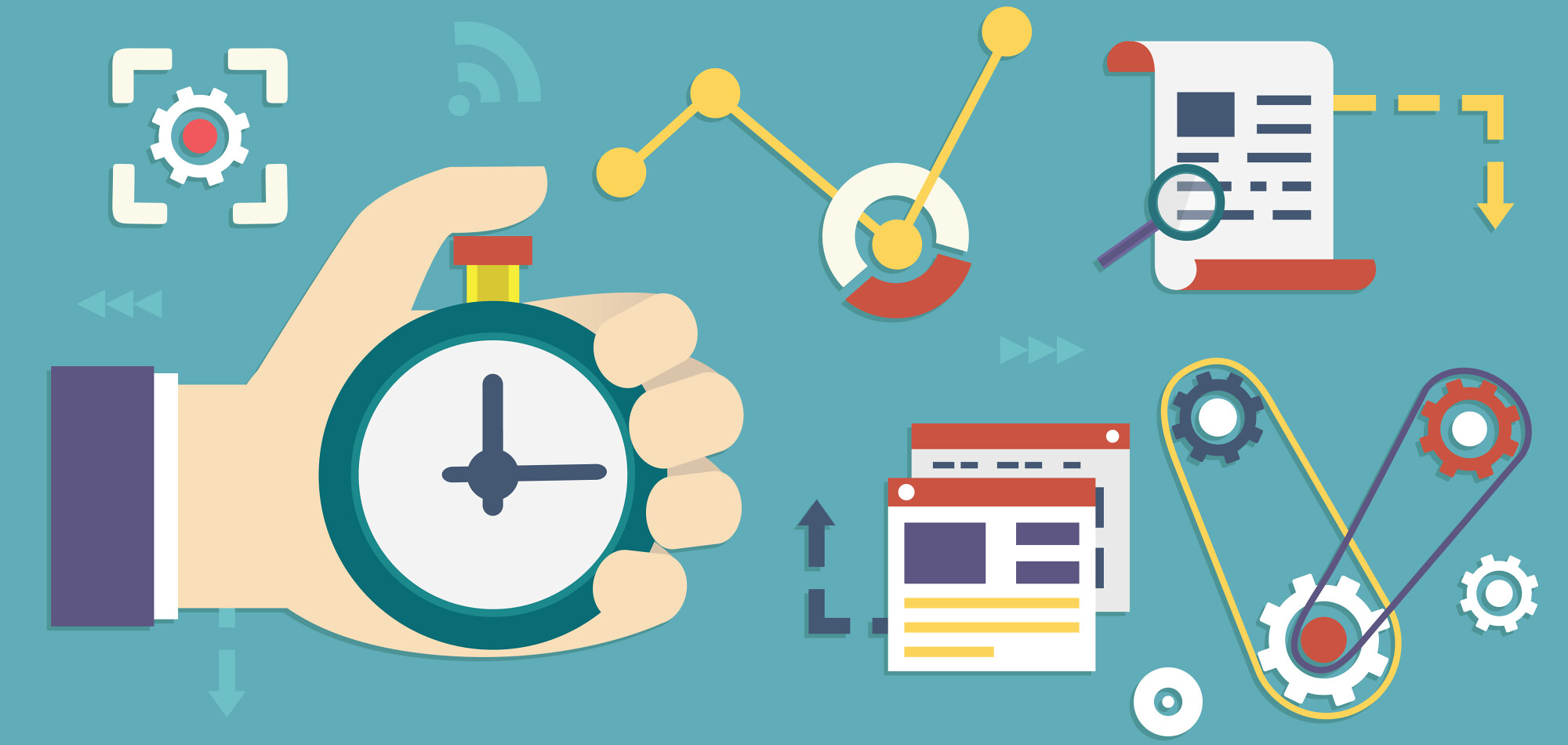Exploring Sales Funnels

Exploring Sales Funnels
Sales funnels are a crucial aspect of any successful business’s marketing strategy. They represent the journey a potential customer takes from first encountering a product or service to making a purchase decision. Understanding and optimizing sales funnels can significantly impact a company’s revenue and growth.
At its core, a sales funnel consists of a series of steps designed to guide prospects through the purchasing process. Each step serves a specific purpose in moving the customer closer to making a purchase, with the ultimate goal of converting leads into paying customers. Let’s delve into the key stages of a typical sales funnel:
Awareness
The first stage of a sales funnel is awareness, where the focus is on capturing the attention of potential customers. This can be achieved through various marketing channels such as social media, content marketing, advertising, or search engine optimization (SEO). The goal is to make prospects aware of the existence of a product or service and generate interest in what is being offered.
Interest
Once prospects are aware of the product or service, the next stage is to nurture their interest. This involves providing them with valuable information, engaging content, and addressing their pain points or needs. Businesses may use email marketing, webinars, free trials, or educational resources to further engage prospects and build rapport with them.
Decision
As prospects move through the funnel, they enter the decision stage where they are evaluating their options and considering whether to make a purchase. This is the critical point where businesses need to highlight the unique selling points of their product or service and address any objections or concerns the prospects may have. Testimonials, case studies, product demonstrations, and special offers can help sway prospects towards making a purchase.
Action
The final stage of the sales funnel is action, where prospects take the desired action, whether it’s making a purchase, signing up for a subscription, or requesting more information. Businesses need to make the purchasing process as seamless and frictionless as possible to encourage conversions. This may involve optimizing the checkout process, providing multiple payment options, and offering incentives to prompt immediate action.
By understanding the dynamics of sales funnels and optimizing each stage accordingly, businesses can streamline the customer journey, improve conversion rates, and ultimately drive revenue growth. Continuous monitoring, testing, and refining of the sales funnel are essential to adapt to changing market dynamics and customer behaviors, ensuring long-term success in today’s competitive landscape.




